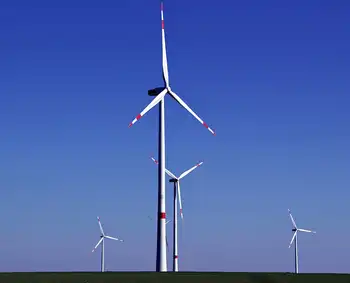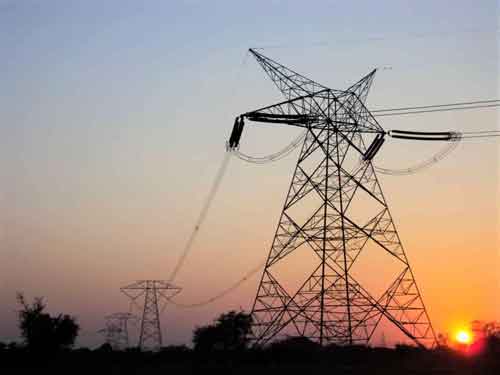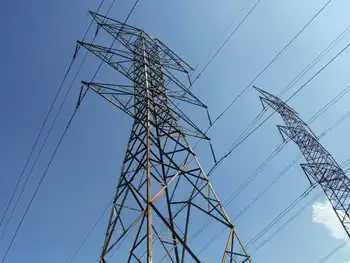China rapidly developing renewable energy
BEIJING, CHINA - Since implementing the Renewable Energy Law in January 2006, China has seen a rapid increase in the development of renewable energy projects, said Shi Dinghuan, Chairman of the Chinese Renewable Energy Society. Investments in renewable energy projects totaled $12 billion in the country, ranking it second in the world.
In 2007, China used about 220 metric tons of coal to utilize renewable energy, or about 8.5% of the total consumption when compared with nonrenewable energy, Shi said.
The newly added installed capacity of small hydropower units surpassed the installed capacity of large hydropower units in 2006, and the total installed capacity of hydropower in China reached 145 gigawatts (GW) in 2007.
The country's installed capacity of wind power reached 1.33 million kilowatts in 2006, more than the sum of the last 20 years. The total installed capacity of wind power reached 6 GW in 2007, fulfilling the objective three years ahead of schedule. The installed capacity of biomass power reached 2 GW in 2007.
Shi said China's renewable energy sector will continue to develop.
According to the "Middle and Long-Term Development Planning on Renewable Energies" published by the National Development and Reform Commission in August 2007, renewable energy will account for 15% of China's total energy consumption by 2020. By that time, the country is expected to increase its capacity of hydropower to 300 GW, wind power to 30 GW, biomass power to 30 GW and solar power to 1.8 GW. The annual utilization of biofuel ethanol and biodiesel is expected to reach 12 million tons.
Based on the current speed of development, experts say the actual installed capacities of renewable energies are likely to be even higher. When considering the utilization of tidal energy and terrestrial heat, the total utilization of renewable energies in China could be equivalent to about 600 million tons of coal by 2020.
Related News

Pandemic has already cost Hydro-Québec $130 million, CEO says
MONTREAL - Hydro-Québec expects the coronavirus pandemic to chop “hundreds of millions of dollars” off 2020 profits, its new chief executive officer said.
COVID-19 has depressed revenue by about $130 million between March and June, Sophie Brochu said Monday. Shrinking electricity exports to the U.S. northeast are poised to compound the shortfall, she said.
“What we’re living through is not small. The impacts are real,” Brochu said on a conference call with reporters. “I’m not talking about a billion. I’m talking about hundreds of millions. We have no idea how quickly the economy will restart. As we approach the fall we will…




